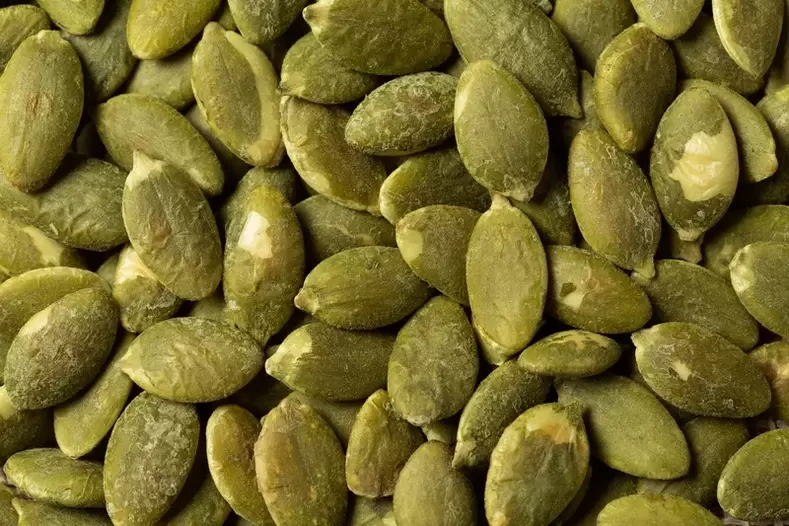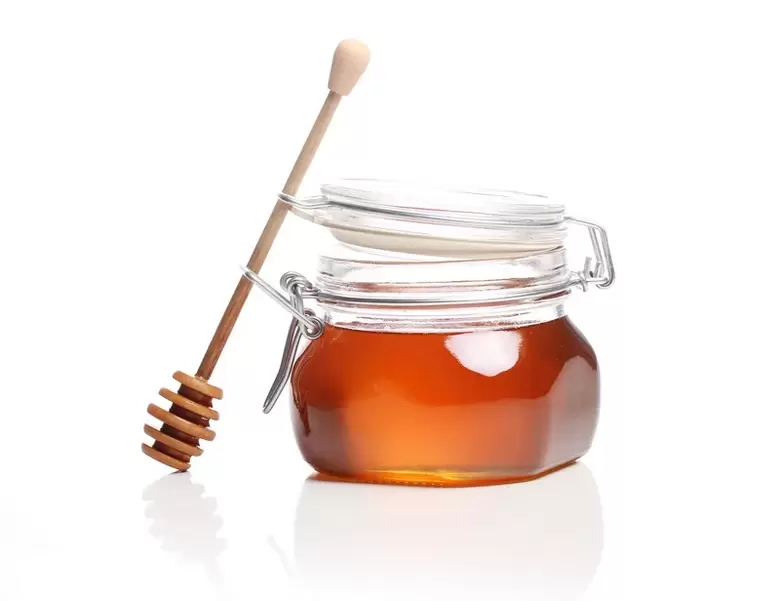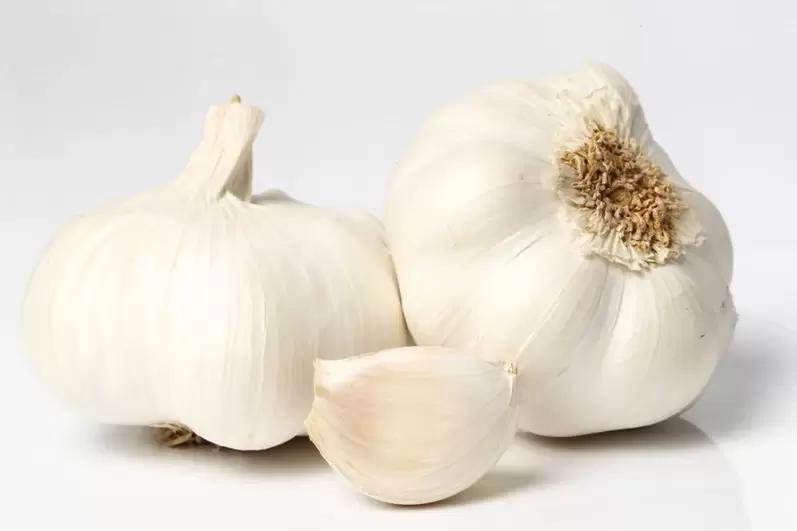
If this disease has caught up with you, visit your doctor and read this article.
Worms are called parasitic worms that live from other animals and plants, feed and reproduce in living organisms. According to statistics, every third inhabitant of the planet has these parasites. Scientists claim that there is no such adult who has not had worms in his entire life. Consider how to get rid of worms, what types exist, how to detect and prevent them. Keep in mind that worms (ascariasis, enterobiasis) are a common problem, especially in childhood, and you should not panic.
Types of worms in humans
Helminths - the scientific name for worms - have their subspecies. The most common helminths are pinworms, roundworms. Let's look at them.
Pinworms
Pinworms are called helminths that affect the human gut. They are the most famous and widespread species. Reproduction of these helminths leads to the development of diseases - enterobiasis. Preschoolers and schoolchildren are most susceptible to pinworm infection.
General signs of helminths in the body:
- itching sensation in the anus;
- cramping pains in the abdomen, usually mild;
- decreased appetite;
- stool violation;
- insomnia and weakness;
- allergic reactions that do not disappear after the use of antiallergic drugs;
- unreasonable cough.
Mode of infection: contact and household route. Infection occurs when eggs are swallowed with food. Self-infection is extremely important - when you comb an itchy anus, pinworm eggs fall under the nails and are then swallowed. Adults can also become infected later than children.
Ascariasis
Ascariasis is a family of large parasitic roundworms. The worm lives from 10 to 24 months, after which it is partially decomposed and excreted in the feces. The organs of the gastrointestinal tract are most often affected, which causes ascariasis. The preferred habitat of adults is the small intestine.
Giardiasis
Giardiasis - A disease caused by lamblia, a parasite in the small intestine of humans and some animals. Giardia exists in two forms: motile (vegetative) and immobile (cyst shape). The movable form of the lamblia has 4 pairs of whips and a suction disc, which attaches it to the mucosa of the small intestine. It lives in the human body in the duodenum (small intestine).
Causes of worms in humans
The main factors of helminthiases infection are:
- Failure to follow basic hygiene rules, especially hand washing.
- Bad habits. This includes biting your nails, licking your fingers, holding various objects (pencils, pencils) in your mouth.
- Insufficient care for pets, especially backyard pets, as they can be a carrier of infection. After the street, cats and dogs should wipe their paws, take a bath in time, take them for an examination and choose the right food.
- Drinking raw, unfiltered water from an unreliable source.
- Vegetables, fruits and vegetables unprocessed before meals;
- Poorly processed meat and fish products.
- Close contact with an infected person.
- Sandbox - worms live in them. Sandboxes on playgrounds should be kept away from cats and dogs.
Why are worms dangerous?
Thanks to modern medicine, it is possible to detect the disease in time, to get rid of it, so serious consequences are quite rare. Worms can cause the following:
- intestinal obstruction;
- allergic rash;
- predisposition to poisoning;
- development of anemia;
- deteriorating health;
- weight loss;
- lowering the percentage of hydrochloric acid in gastric juice.
Helminthic invasion can cause weight loss, pale hue, itching in the anal passage. Complications depend on the type of parasite and the degree of infection. The appearance of helminths in children and during pregnancy is especially dangerous.
How to know if there are worms
It is important to detect helminthic invasion as soon as possible, which significantly increases the effectiveness of treatment and prevents the development of complications.
Basic diagnostic methods:
- fecal analysis for intestinal parasites (ascariasis);
- scraping analysis for pinworm eggs (enterobiasis);
- blood test to determine specific antibodies to worms (detection of immunoglobulins - ELISA) - intestinal and tissue parasites. The most revealing study.
The re-analysis should be performed at the earliest 14 days after the treatment against worms. Typically, the patient is prescribed a combination of several tests to identify the parasite. The recovery criterion is considered to be a negative ELISA result and several negative results of the study of the biological environment in which the worms were detected.
Pay attention! Requirements for the preparation of biomaterials (feces for intestinal parasites):
- Prepare a sterile container. Now they have created specialized containers that are equipped with a suitable spoon. You can buy it at any pharmacy;
- Do not use a laxative;
- Feces are collected in the morning before testing;
- It is impossible to allow urine to enter the feces, so urination is necessary before the process.
- It is necessary to collect material from different parts of the last part.
- Put in a prepared container around a tablespoon of feces (10-15 g).
- Deliver the container to the laboratory as soon as possible - the so-called "warm feces".
Scraping for enterobiasisit is performed in the morning, in the child's bed, before the morning emptying and hygiene procedures. A transparent narrow strip is used which is glued to the perianal folds with the adhesive side and then, on the same side with the biomaterial, glued to a clean, dry slider. Do not use matte or colored adhesive seams.
Worm control methods
A infectious disease specialist or parasitologist is involved in the treatment of parasitic infections. But you should not immediately go to a doctor of narrow specialization: it is better to contact a pediatrician or therapist. They will appoint a number of studies and, if necessary, refer to a parasitologist or gastroenterologist.
If worms are found in a child, it is necessary to carry out anthelmintic therapy for all family members.
When worms are found, the doctor prescribes antiparasitic agents aimed at controlling a particular type of worm. Modern drugs effectively fight worms at every stage of the life cycle: adults, larvae and eggs. In most cases (for example, ascariasis) one dose of tablets is enough, but sometimes it is necessary to undergo a course of medication - treatment is developed by a specialist doctor.
It is unacceptable to violate the treatment tactics prescribed by the doctor - this can lead to the fact that the worm eggs remain in the body, which will cause a re-invasion in the future.
Which tablets can be used
Modern medicines are presented in the form of tablets or suspensions for children.
The method of application for all drugs is different. It is important to read the instructions carefully and follow them clearly. Another thing are the contraindications. Contraindications are based on various liver diseases, pregnancy and breastfeeding. Ideally, talk about it with your doctor.
Medicines are chosen by the doctor depending on the type of worm, the characteristics of the organism, the stage of infection and the age of the patient. Not always, to expel worms, there are enough anthelmintic drugs. In some cases, complex treatment is prescribed.
After its vital activity, the worm damages our body. Therefore, it is important not only to conduct anthelmintic therapy, but it is also necessary to cleanse the body of toxins formed during the death of the worm.
The killed helminth secretes decomposition products, which are among the most powerful intestinal toxins. Allergic reactions can occur, the formation and outflow of bile is disturbed, the peristalsis of the gastrointestinal tract suffers, which manifests itself in the form of "lazy gut" or, conversely, its excessive activity - diarrhea - "permeable intestine". The body's resistance to viruses and bacteria decreases, and latent chronic infections are activated.
In addition to antiparasitic drugs, drugs that improve the condition of the gastrointestinal tract, vitamins to eliminate vitamin deficiency, antihistamines (in case of an allergic reaction), hepatoprotectors, choleretic and sorbents can be prescribed.
Currently in the arsenal of pharmacies you can buy phyto complexes that combine all these effects.
Let’s take a look at what herbs will help us get rid of helminths.
Treatment with folk remedies
Pumpkin seeds and honey
Pumpkin seeds have long been known in folk medicine, their pharmacological properties have been confirmed experimentally and clinically. The seeds are used against various tapeworms (beef, pork and dwarf tapeworms, broad tapeworms) and pinworms.

The main pharmacologically active substance that determines the anthelmintic effect of pumpkin seeds is the amino compound cucurbitin (3-amino-3-carboxypyrrolidine), whose content in the seeds reaches 0, 1-0, 3%, depending on the variety of pumpkin.
- To combat worms take 300, 0 peeled seeds in small portions on an empty stomach for 1 hour (you can grind in a mortar, always with a green shell and mix with 50-100, 0 honey).
- After 3 hours a laxative is given, after 0, 5 hours an enema is given.
- Children 3-4 years give 75, 0 seeds;
- 5-7 years - 100, 0;
- 8-10 years - 150, 0;
- 10-15 years - 200, 0-250, 0.

Sowing garlic
Garlic, whose beneficial properties are known around the world, is most prevalent in various countries. Garlic (Allium sativum L. ) contains phytoncides, the main ones being allicin, geraniol, rutin, quercetin. Garlic has a general strengthening effect, stimulates immunity, has anthelmintic, antimicrobial, antiviral and fungicidal effects, enhances motor and secretory activity of the gastrointestinal tract, suppresses fermentation and putrefaction in the intestines.

Yarrow
Useful properties of yarrow are expressed in choleretic action, increased production of gastric juice, improved appetite. Thanks to its antispasmodic effect, the yarrow plant is used to reduce pain caused by intestinal cramps.
Long turmeric
Turmeric is used in traditional Indian Ayurvedic medicine as a remedy for many ailments including colds, stomach ulcers, liver diseases and for healing skin wounds. Turmeric is rich in essential oils, whose constituents are borneol, known for its strong antiseptic action, as well as phellandrene, cingiberen, curcumin and others. It also contains vitamins in high concentrations (vitamin -% of daily value): B6 - 90%; C - 28%; E - 20. 7%; B1 - 10%. The safe daily dose of turmeric is 1 teaspoon. Daily intake of turmeric improves digestion, stimulates the gallbladder (turmeric should not be used in cholelithiasis, because the spice leads to increased bile flow) and reduces blood cholesterol levels.
Common cumin
In modern medicine, the fruits of cumin are used to treat diseases of the gastrointestinal tract, intestinal atony, bloating. The plant is used for biliary tract cramps. Cumin fruit is part of carminative, gastric, appetizing and other collections.
Recipes
- The infusion is prepared at the rate of 2-3 teaspoons of cumin in a glass of boiling water.
- Insist for 45 minutes and take 2-3 tbsp. spoons (children 1 teaspoon). 5-6 times daily before meals.
Prevention of helminthiasis
In order not to catch the parasite for yourself, it is necessary to follow the rules of hygiene: modern change of bedding, regular shower and hand washing. It is even better to spray household items with antiseptic.
It is important to eat the right food and deal with it well. Be especially careful with fish and meat. During the gut, the fish should be carefully inspected for eggs and worms, and a special board should be used to mix raw fish and meat. In spring and summer it is important to thoroughly wash the greens and berries from the garden.
Regular spring cleaning is also required. Drink only tested water and treat pets carefully. The main caregiver - immunity - also needs help and care.
If there are animals in the house, then all family members should carry out prophylaxis against worms, be sure to include your favorite pet.






































